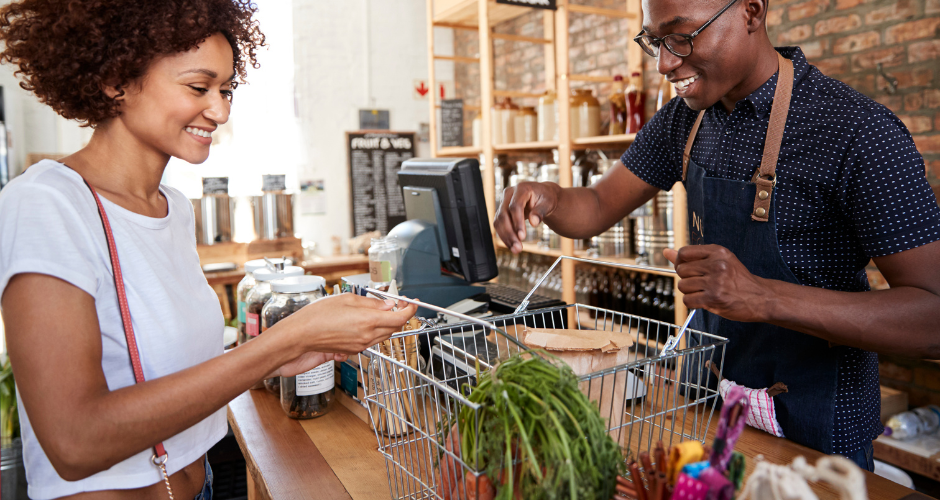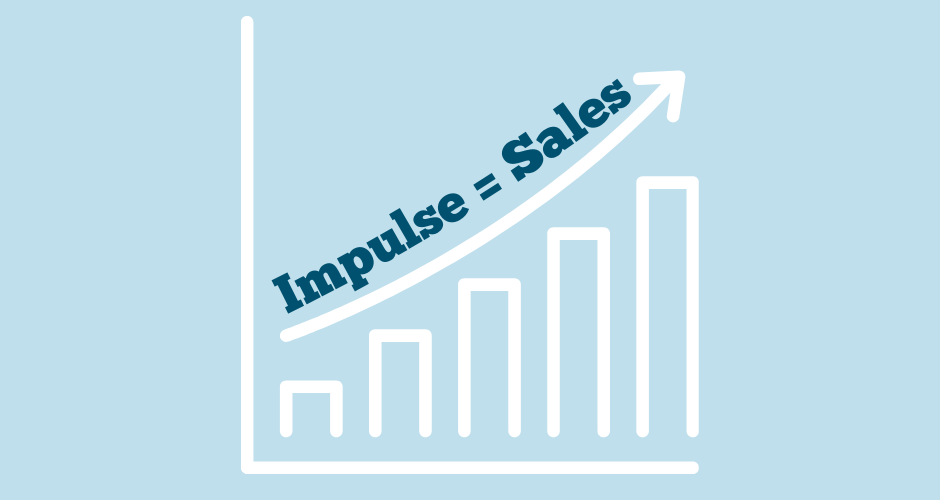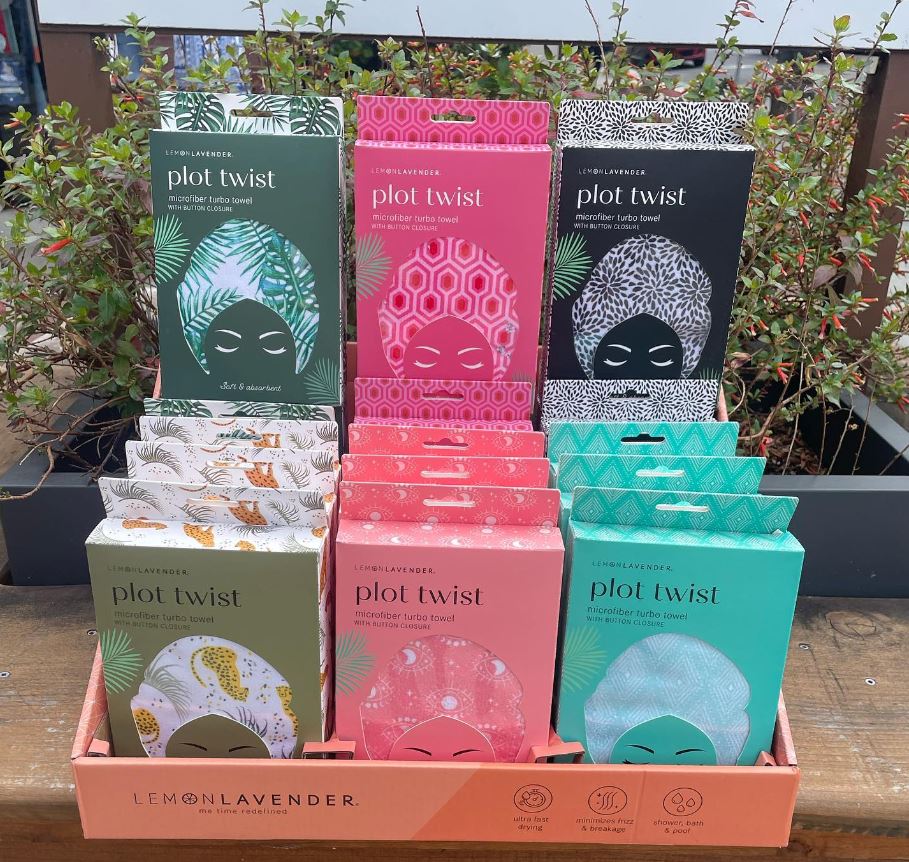Enroll in Our DM Loyalty Program! Learn More
My Account
Help
- FAQ
- Contact Us
- How We Work
- 1-800-548-6784

What is Impulse Buying?
Understanding and Utilizing Impulse in Retail Stores
In the world of retail, understanding consumer behavior is paramount to success. One behavior that significantly impacts customer purchasing decisions is impulse buying. Those spur-of-the-moment purchases made without prior planning or intent can really impact a store's bottom line. In this blog, we'll delve into what impulse buying is and explore strategies for using it to maximize sales retail sales.
What is Impulse Buying?
From knick-knacks at the convenience store register to that perfect pair of shoes, we’ve all experienced a spur-of-the-moment purchase. True to their name, impulse items are typically not budgeted for or on a shopping list. Impulse buying is when consumers make unplanned purchases driven by immediate desires rather than careful consideration. Things such as product characteristics, store environment and pricing strategies contribute to whether a customer will make an impulse purchase. We’ll get more into these shortly.
First, let’s talk about how impulse buying can benefit you and your retail store.

The Significance of Impulse Buying in Retail Stores
Impulse buying plays a significant role in the retail landscape, particularly in retail stores. Research indicates that a considerable portion of total sales, ranging from 40% to 80%, can be attributed to impulse purchases. That’s a huge chunk of your total revenue!
So the question is, how can you optimize your inventory to account for more impulse goods AND a shopping experience that encourages impulse spending?

Curating Your Impulse Selection
Catering to impulse purchases in retail stores takes more consideration than simply setting a few products out by the register. For successful impulse buying, retailers should consider their impulse product selection, store optimization, and pricing strategies.
First and foremost, you’ve got to know your target audience to know what they want to buy. Most shoppers are generally drawn to products that are visually appealing, practical or have a perceived value. However, it’s important to understand the specific needs and desires of your specific customers and community.
When curating your impulse selection, consider these questions:
Once you determine what products will bring you the maximum sales, you can focus on how your store layout will aid in selling them. Optimizing store layout and merchandising to highlight impulse products and create an inviting shopping environment can encourage spontaneous purchases.
Here are some questions to ask when it comes to store layout:
After you’ve selected your impulse products and created a layout that is functional and attractive, it’s important to consider how pricing strategies play into impulse buying. By employing tactics such as high-low pricing, discounts, or limited-time offers, retail stores can create a sense of urgency and scarcity that motivates consumers to act impulsively. Moreover, strategically placing impulse items near checkout counters or high-traffic areas can capitalize on last-minute purchasing decisions.

Tips for Retail Store Owners
Incorporating impulse buying strategies into your store operations requires careful planning and execution. Here’s a few tips that store owners can use to encourage those spur-of-the-moment purchases:
In conclusion, understanding and utilizing impulse buying in retail stores is essential for driving sales and maximizing profitability. By adopting strategic approaches to product selection, merchandising, and pricing, store owners can effectively harness the power of impulse buying to create a dynamic and profitable retail environment.
Choosing DM as a vendor means choosing a retail partner that’s with you every step of the way. Our signature brands are carefully developed and retail-proven to boost your business. From conception to final sale, we develop our products to be emotionally appealing, affordable and shelf-ready with built-in merchandising. That’s the DM Difference.
So, what are you waiting for? Contact your DM Sales Representative at 1-800-548-6784 or create an online account at www.247DM.com to start shopping The Goods!